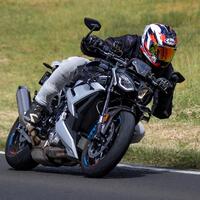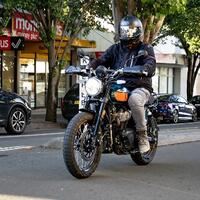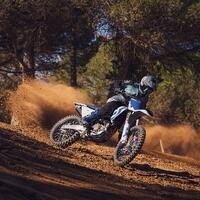890 cc displacement with a weight of just 54.4 kg.
The new V2 engine sees Ducati take yet another innovative step forward with a Euro5+ approved engine that is up to 9kg lighter than the previous Superquadro and approximately 5.8 kg lighter than the Testastretta Evoluzione and the Desmodue that equips the Scrambler®. A result that allows Ducati designers to engineer bikes that are even lighter as well as more agile, enjoyable and high-performance.

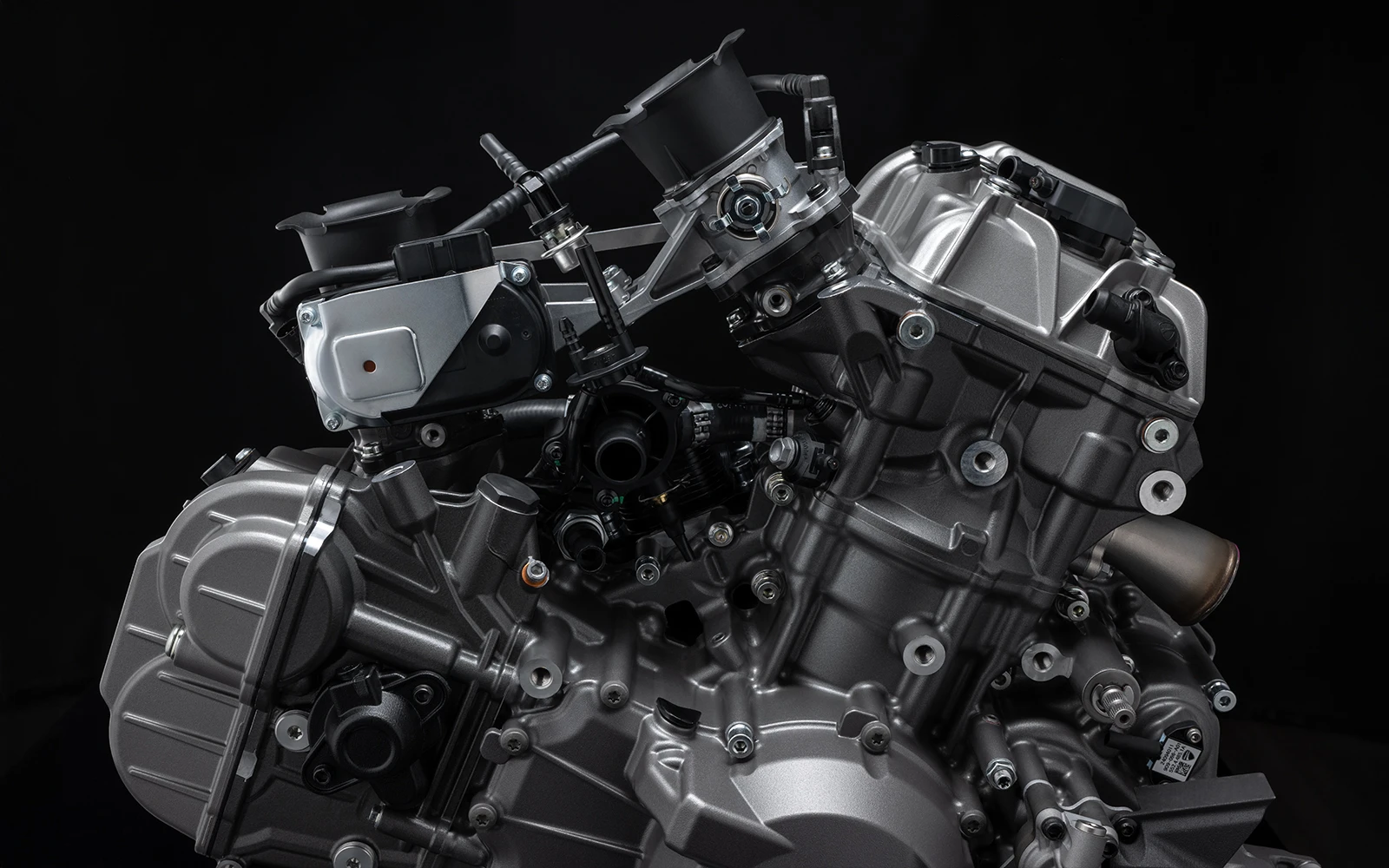

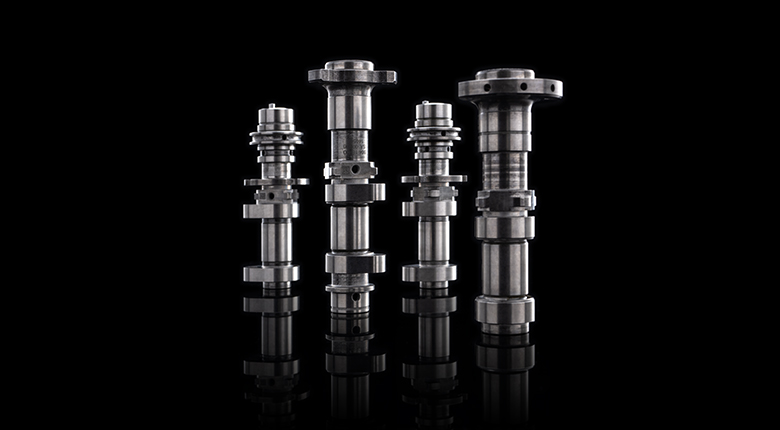
The guiding principle behind the new V2 was to create the lightest ever Ducati twin-cylinder that could adapt to different motorcycles in the range. A project that harnessed sophisticated engineering solutions, such as aluminium cylinder liners and the positioning of the pump in the crankcase. An innovative engine that introduces the electronic variable timing system to improve the quality of delivery, offering the rider a linear response at low rpm, robust torque mid-range, and strong top-end performance.
Double version
The new V2 is available in two versions to adapt to models that vary considerably in their type of usage. The sportiest version offers 120 hp and a lighter rod assembly for a prompter response. The 115 hp version is equipped with a more powerful alternator to manage a greater electrical demand, such as USB port charging or additional lighting. The ratios more suited to touring use are shortened for the first two gears, increasing the pickup on steep slopes, particularly when travelling with a passenger.
120 hp version (126 with Racing exhaust)
The sportiest version is Euro5+ approved and delivers maximum power of 120 hp at 10,750 rpm, while the maximum torque value is 93.3 Nm at 8250 rpm. The limiter, in fifth and sixth gear, is set at 11,350 rpm. If mounting the racing exhaust for track use (not homologated for road use), maximum power climbs to 126 hp (+6 hp) at 10,000 rpm and torque to 98 Nm (+5 Nm) at 8250 rpm.
115 hp version
The second version is designed for touring use, with maximum power of 115 hp at 10,750 rpm and a maximum torque value of 92.1 Nm at 8250 rpm. It is equipped with a more robust rod assembly and flywheel for greater reliability in difficult conditions. The resulting 12% increase in moment of inertia ensures more balanced operation at low rpm and a 0.51 kg increase in engine mass.
Features
90° V2 layout
The V layout is the trademark of every Ducati twin. This is not just an identifying feature, but an engineering solution that offers various advantages from a technical standpoint. The V allows for a natural balancing of first order forces, with no need for countershaft to eliminate vibration. This makes for less weight and greater compactness, which favours the design of more agile, streamlined vehicles.
Rotation angle of 20°
The 90° geometry is complemented by the choice of arranging the cylinders rotated 20° with respect to the horizontal plane. Again, the desire to achieve optimal weight distribution to avoid inertial forces and provide compactness and maximum handling for the rider.
Timing chain with double overhead camshaft, IVT intake variable timing, 4 valves per cylinder.
The IVT system continuously adjusts intake valve timing within a range of 52°, thanks to the introduction of a timing actuator applied to the end of the camshaft. In this way, it is possible to define the best overlap based on engine speed and throttle opening, for a delivery curve that is smooth and sustained low- to mid-range while ensuring stellar top-end performance. More than 70% of torque is already available at 3000 rpm, and between 3500 and 11,000 rpm the torque value never drops below 80%, which translates into track-level performance that can be enjoyed on the road.
Hollow stem valves with spring return
The intake valves have a hollow stem. A sophisticated solution that makes them 5% lighter and results in a more efficient engine, because it reduces the energy needed to activate them. A spring return actuator extends the service intervals and makes for an even smoother and more regular engine response at low rpm.
Injectors with Ride-by-Wire control and 4 Power Modes.
Output is entrusted to a 52mm circular section throttle body, with an injector under the throttle valve controlled by a ride-by-wire system that offers up to four different Power Modes, to adapt engine delivery to different riding situations and types of engine use. The system can vary the torque limit gear by gear with dedicated mapping, ensuring a suitable throttle response for each ratio.























